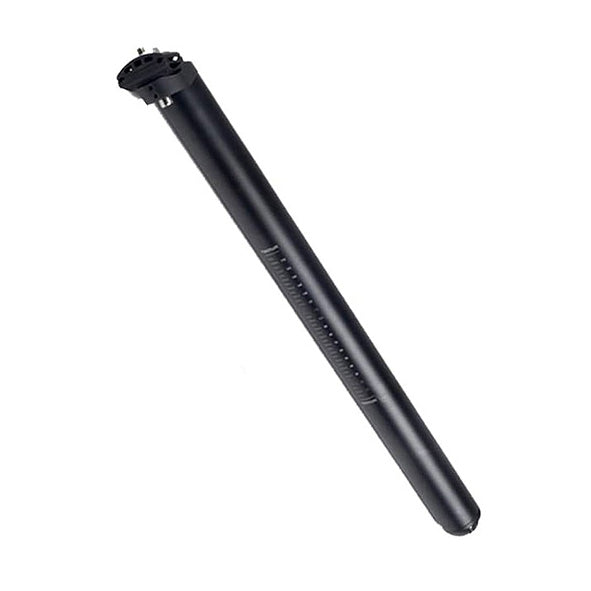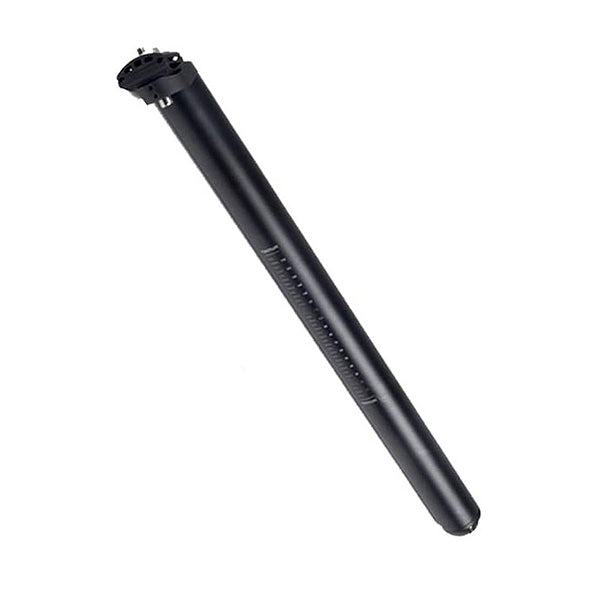Before buying an electric bicycle, it is essential to decide whether to choose a model with a speed sensor or one with a torque sensor. We will explain how each works, along with their advantages and disadvantages, to make this decision easier

Speed Sensor in Electric Bicycles
It is also called a pedaling, movement, or cadence sensor.
It works through a disc of magnets that rotates on the pedal axle and a sensor that sends this movement information to the motor controller, activating the motor to assist pedaling. The motor starts running once the sensor detects that the pedal-crankset system is moving, regardless of the pressure applied to it.
Advantages of the Speed Sensor
The main advantage is that it is a solid, economical system with simple operation that is easy to repair or replace. It is the most common type of sensor and is perfectly suitable for most users' needs.
Disadvantages of the Speed Sensor
The biggest drawback of this type of sensor is its reaction time. It requires a partial pedal rotation for the sensor to detect the passing magnets, which causes a slight delay in motor activation. Manufacturers are currently improving this system by increasing the number of magnets in the sensors to minimize the detection time of the pedal-crankset movement.
The second disadvantage is that this sensor only detects movement and does not respond to pedaling pressure, meaning the motor delivers the same power regardless of the cyclist's effort. The motor assistance will depend solely on the assistance level selected through the display.
Torque Sensor in Electric Bicycles
Also called a torque sensor, this type of sensor can detect and measure the pressure exerted by the cyclist on the pedals. Based on this pressure, it requests the motor to provide the necessary power at any given moment. When the cyclist applies little force, the motor delivers less power; when applying more force, the motor responds with greater power.
The torque sensor acts as a force multiplier, requesting the motor to respond in direct proportion to the applied force. The assistance level selected on the display determines the sensor's sensitivity.
Advantages of the Torque Sensor
The main advantage of the torque sensor is that it optimizes battery consumption better, as it only activates the motor when needed and delivers only the required power. To illustrate this, let's consider how each sensor type would behave on an electric bicycle when engaging a large sprocket and going downhill. Within a few meters, the cyclist would be pedaling freely without resistance, a situation known as "spinning out." In these conditions, the speed sensor would activate the motor according to the selected assistance level, while the torque sensor would not activate it since it is unnecessary.
Another advantage is its quick reaction to pedaling, making the motor activation almost instantaneous.
Lastly, and this is subjective based on personal preference, bicycles with a torque sensor provide a more natural pedaling experience, making riding an electric bicycle feel more like a standard bicycle but with reduced effort. However, not everyone prefers this, as it can sometimes feel like the assistance is insufficient.
Disadvantages of the Torque Sensor
The most notable drawback is that torque sensors are technically more complex, making them slightly more expensive and costly to repair.
If you have any doubts, remember that we are happy to help you find the folding electric bicycle that best suits your needs.






